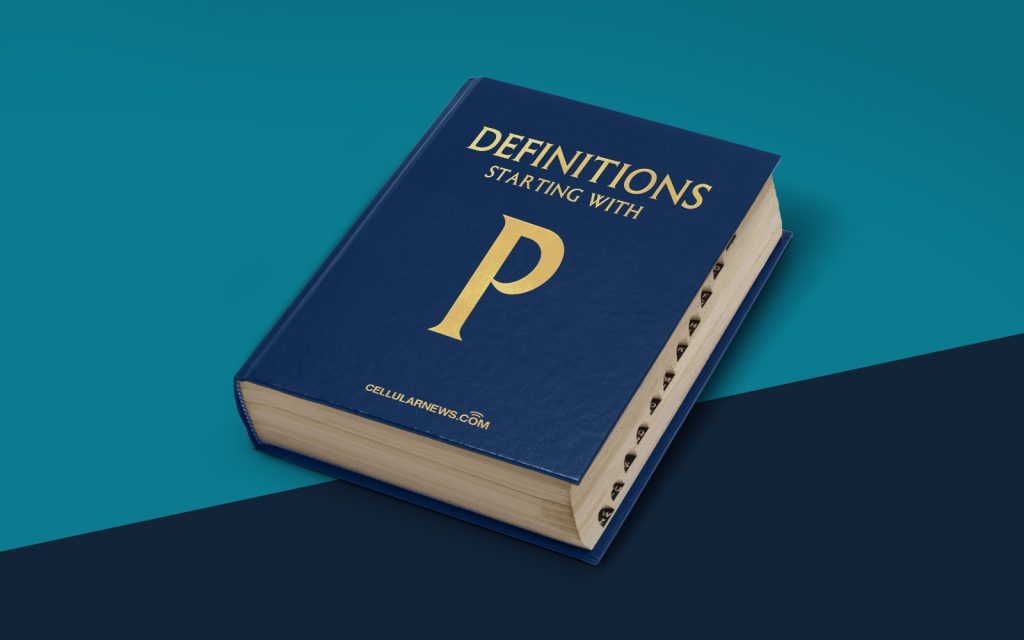
Printer Command Language (PCL): A Deeper Understanding
Have you ever wondered how your printer magically converts digital documents into beautifully printed pages? It’s all thanks to Printer Command Language (PCL) – a crucial technology that powers the communication between your computer and printer. In this article, we’ll dive into the world of PCL and unravel its significance in the printing industry. So, let’s get started!
Key Takeaways:
- PCL is a language used by printers and computer systems to effectively communicate and render documents for printing.
- Printers that use PCL have built-in firmware that acts as an interpreter between the computer and the printer hardware, ensuring accurate reproduction of documents.
Printer Command Language (PCL) is a page description language developed by Hewlett-Packard (HP) in the early 1980s. PCL serves as a standardized method for printers and computer systems to communicate with each other and render documents for printing. It allows your computer to send instructions to the printer, telling it how to format and arrange the content on the page.
So, how does PCL work? Think of PCL as a translator between your computer and your printer. When you send a document to print, your computer converts it into a printable format encapsulated in PCL commands. These commands, written in an easy-to-understand syntax, are then transmitted to the printer via a cable or network connection. Upon receiving the commands, the printer’s built-in firmware interprets the PCL instructions and controls the hardware to reproduce the document accurately on paper.
Now, you might be wondering, why is PCL important in the printing industry? Here are a few key reasons:
- Compatibility: PCL is widely supported by various printer manufacturers, making it a versatile language that can be used on different printers from different brands.
- Efficiency: PCL commands are designed to be concise and efficient, allowing for faster processing and printing of documents.
- Consistency: With PCL, you can ensure consistent output across different printers, avoiding potential inconsistencies in formatting and layout.
- Flexibility: PCL offers a wide range of formatting options, enabling users to customize document appearance and layout according to their preferences.
In conclusion, Printer Command Language (PCL) is a vital technology that facilitates smooth communication between computers and printers. By using PCL, printers can accurately reproduce digital documents, ensuring high-quality printed output. The compatibility, efficiency, consistency, and flexibility of PCL make it an essential component in the printing industry.
Next time you send a document to print, remember the behind-the-scenes work of PCL that brings your ideas to life on paper!
